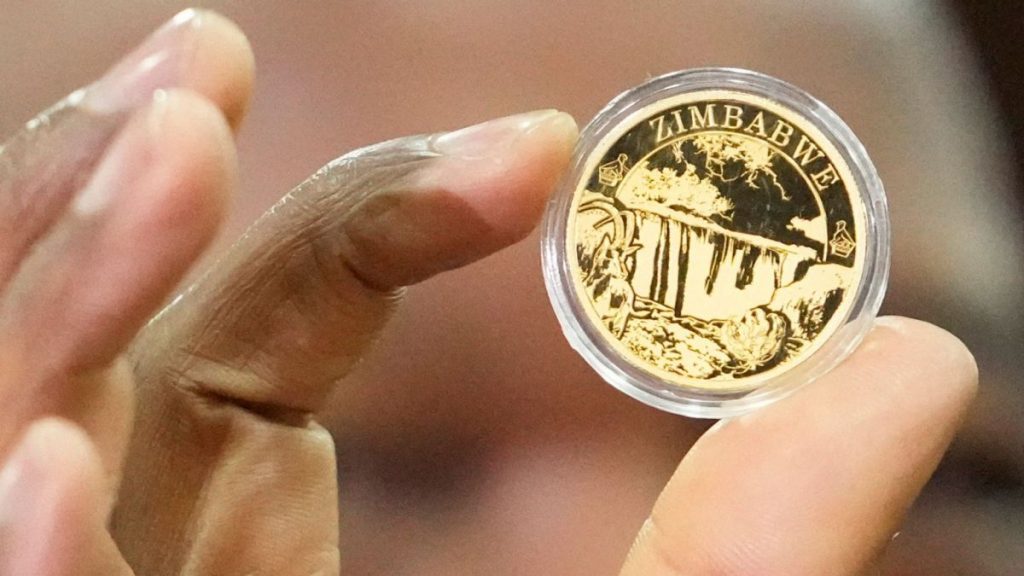Coin

What is Coin?
A coin essentially functions as a small, flat piece, typically round, crafted from various metals or plastics. Its primary role is to serve as a medium of exchange or a form of currency.
Understanding Coin
To facilitate commerce, coins are typically uniform in weight and produced in large volumes at mints.
Governments usually issue coins, which often feature various designs, numbers, or text. Each coin has two sides: the obverse, or front face, which is often referred to as 'heads', and the reverse, known as 'tails'. The front often bears the likeness of a notable figure.
Though primarily made of metal or alloys, coins can also be crafted from synthetic materials, usually taking on a disc shape. Bullion coins, in particular, are made from precious metals and are often held in significant volumes.
In daily transactions, various types of coins, alongside banknotes, serve as currency. Interestingly, the most valuable coin in circulation (not counting bullion) usually holds a lower value compared to the least valuable banknote available.
Read related articles:
« Back to Glossary IndexDisclaimer
In line with the Trust Project guidelines Please be aware that the information on this page is designed for informative purposes only and shouldn't be taken as legal, tax, investment, or financial advice. Always invest only what you can afford to lose, and seek independent financial guidance if needed. For additional information, please consult the terms and conditions or the help resources offered by the issuer or advertiser. MetaversePost strives for accurate reporting; however, market dynamics can change unexpectedly.







